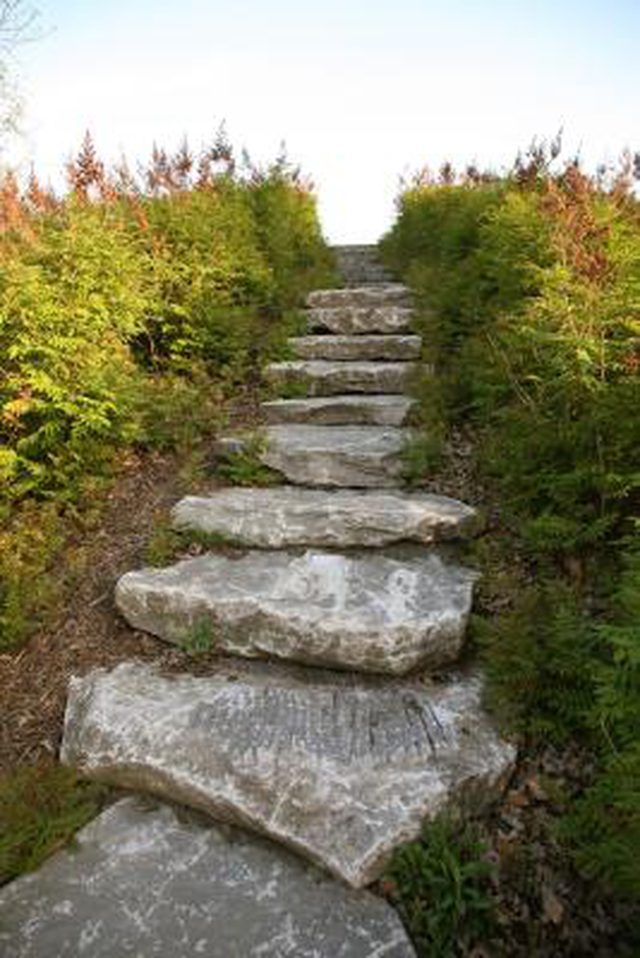Bulbs
Flower Basics
Flower Beds & Specialty Gardens
Flower Garden
Garden Furniture
Garden Gnomes
Garden Seeds
Garden Sheds
Garden Statues
Garden Tools & Supplies
Gardening Basics
Green & Organic
Groundcovers & Vines
Growing Annuals
Growing Basil
Growing Beans
Growing Berries
Growing Blueberries
Growing Cactus
Growing Corn
Growing Cotton
Growing Edibles
Growing Flowers
Growing Garlic
Growing Grapes
Growing Grass
Growing Herbs
Growing Jasmine
Growing Mint
Growing Mushrooms
Orchids
Growing Peanuts
Growing Perennials
Growing Plants
Growing Rosemary
Growing Roses
Growing Strawberries
Growing Sunflowers
Growing Thyme
Growing Tomatoes
Growing Tulips
Growing Vegetables
Herb Basics
Herb Garden
Indoor Growing
Landscaping Basics
Landscaping Patios
Landscaping Plants
Landscaping Shrubs
Landscaping Trees
Landscaping Walks & Pathways
Lawn Basics
Lawn Maintenance
Lawn Mowers
Lawn Ornaments
Lawn Planting
Lawn Tools
Outdoor Growing
Overall Landscape Planning
Pests, Weeds & Problems
Plant Basics
Rock Garden
Rose Garden
Shrubs
Soil
Specialty Gardens
Trees
Vegetable Garden
Yard Maintenance
How to Dig Steps Into a Dirt Bank
How to Dig Steps Into a Dirt Bank. Adding simple steps to a dirt bank is a straightforward landscaping task and can enhance the look of your garden as well as providing better access. The most simple steps, popular with forestry and conservation groups, consist of earth treads (the flat bits you stand on) and wooden risers, the vertical backs of...

Adding simple steps to a dirt bank is a straightforward landscaping task and can enhance the look of your garden as well as providing better access. The most simple steps, popular with forestry and conservation groups, consist of earth treads (the flat bits you stand on) and wooden risers, the vertical backs of the steps. Their simplicity enables them to be created quickly with a minimum of tools and materials.
Things You'll Need
Tape measure
Spade
Wood planking
Wood saw
Wooden 24-inch stakes
Sledgehammer
Determine the size of the step by considering the height and angle of the bank, and whether the step will accommodate one or more people at the same time. For example, a gently sloping bank only a couple of feet high may require only three steps, each rising six inches with a tread area several feet long between them. A high and steep bank may require many more steps with much smaller treads.
Dig horizontally into the base of the slope, cutting a flat platform the width and depth of the desired step. Cut the back of the excavation to form a vertical wall.
Rest a length of planking along the top edge of the back of the step. Mark the width of the step on the plank, then cut it to the width of the step. Place the planking on its edge at the back of the tread and push it firmly against the earth riser.
Position a wooden stake in front of the each end of the wooden plank and drive them into the ground until they are flush with the top edge of the plank. Optionally, drive a third stake in half-way along the width of the riser to provide additional strength. This forms, and secures, the first wooden riser.
Cut the next horizontal step flush with the top of the first riser, copying the process used in Step 1. When the tread area has been excavated, cut a second strip of wooden plank to match the width of the step, rest it on its edge and the back of the step and secure it with two wooden stakes. Fill any spaces behind the risers with excavated soil and tamp in down firmly.
Cut additional steps and secure a wooden riser at the back of each one until the desired number of steps have been created.